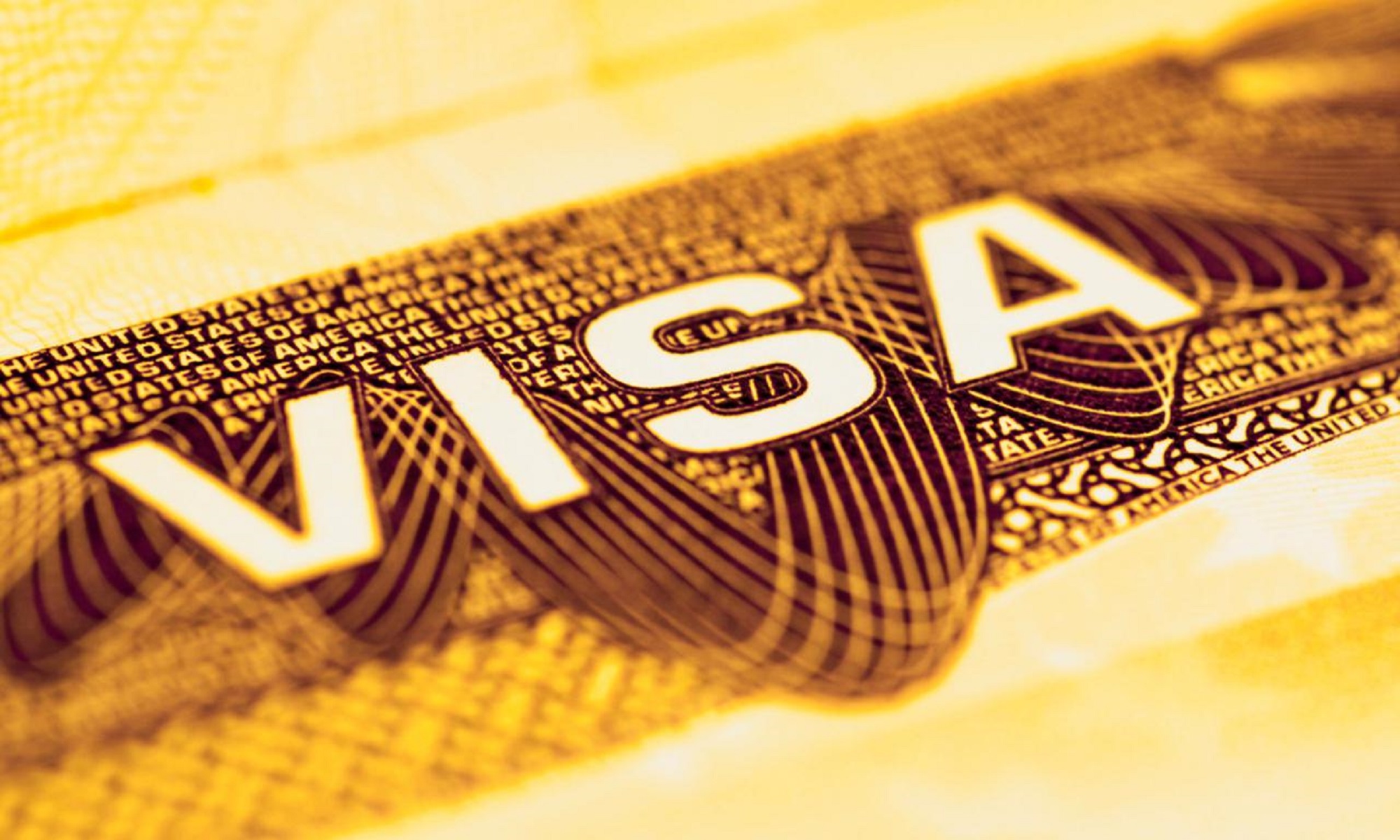
Today there are about 27 types of Japanese visa provided with a set of requirements and authorized activities of a different nature surrounding the legal visa obtainment procedure.
Visa type determination
If one wishes to know what kind of visa one should choose, it is necessary to first determine one type of visa that will allow him or her to do what he or she wants to pursue in Japan in order to satisfy the requirements of a certain visa type.
Visa group types
There are 3 main visa type groups in Japan: working visa, non-working visa and family related visa. The first one is granted for obtaining a job. The second is for those who are not working. Family visa, in addition, is granted according to the family status.
One person can get only 1 type of visa at a time. However, if one needs to obtain more than 1 visa type, for example, visa for getting a job and spouse visa, he or she will need to choose one visa type among the given options.
Working visa
Working visas require a high level of professional skills. For this reason it is not possible for foreign people to engage in labour under a working visa. This is true unless a foreigner has a visa granted according to his or her family status, such as a long term resident, or for example, a student or a trainee. However, some of the professions doesn’t have working visas such as massage therapists, waiters, hairdressers, construction workers, sales clerks and others.
Those professionals who are working visas are: engineers, specialists in humanities (economic, legal etc.), international service workers (trade, PR, HR etc.). Other working visas are: intra-company transferee, skilled labour and business managers.
Diplomats, officials, professors, instructors, artists, journalists, accountants, doctors, researchers and entertainers also have their visas.
Non-working visa
Non-working are considered to be a student, trainee, technical internship, dependent, cultural activities and temporary visitor visas as well as visas for designated activities. Often, these visas are subject to the requirements determined by considering the impact on the industries as well as the society in the country.
Family-related visa
Some other types of visas are: spouse visas, long-term resident visas, visas for permanent residents, visas of spouses or children of permanent residents. These are granted to people, having certain conditions of the length as well as the time spent in the country as well as their incomes and tax payment capacity.
Visas for long-term residents
Long-term residents are considered to be descendants of Japanese nationals as well as refugees, people caring for their children with a Japanese nationality, divorced Japanese nationals and others.These visas are granted for a time period exceeding 90 days.
Short-term visas
If one is coming to Japan for a rather short period of time, while also not engaging in paid activities, he or she can apply for the a temporary visitor visa or a tourist visa. It can be done directly at the Japanese embassy as well as the nearby consulate. Short-term visas usually do not exceed a 90 day period.
Tourist visa
Any tourist who wishes to visit the country, must obtain a tourist visa. However, some countries such as some European countries, the US, Argentina, Australia do not need to get the tourist visa as they are now considered visa exempt countries for tourism purposes. The period of stay in this case is 90 days. Only a passport is needed while arriving to the country. One don’t have to go through any other procedure.
Such visas are meant for visiting relatives, friends, sightseeing, attending conferences. The double-entry visa for 2 short trips is also available (6 month period). However, the travelers are not allowed to engage in paid work while staying in the country.
Other types of Japanese visas
Some other types of Japanese visas include: a business visa – the temporary business visa (90 day) within a six month period for business purposes includes conferences, meetings, signing contracts, and market surveys, and a transit visa for some nationalities (usually who need a transit visa). However, many travelers do not need it as long as they stay within the airport area.
Visa for medical stay
Such visa is available in Japan since January 2011. Its aim is to promote Japanese medical services (medical check-ups, treatment), which are usually closely related to tourism, as it is issued not only for patients but also for their visitors persons in consideration of humanitarian aspects.
New types of Japanese visas
There are also visas for designated activities such as sightseeing, recreation, working holiday, paid internships, EPA and others. Also, some relatively new visa types include start-up visas, diplomatic visas, official visas.
